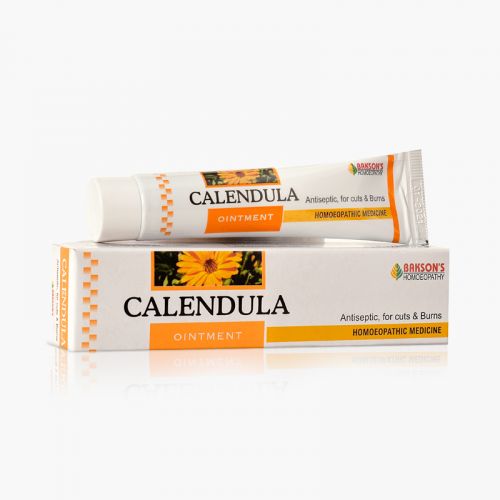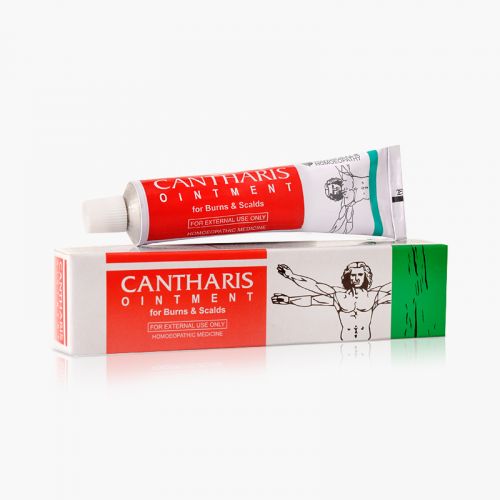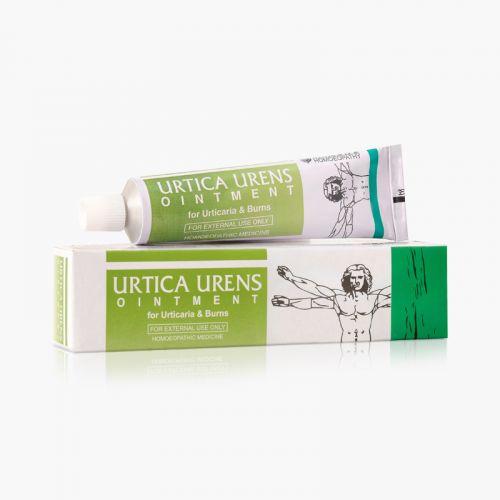We use cookies to make your experience better. To comply with the new e-Privacy directive, we need to ask for your consent to set the cookies. Learn more.
What is a Burn?
A burn is an injury to the skin or other organic tissue caused by heat or due to radiation, radioactivity, electricity, friction or contact with chemicals. Almost 86% of burns are caused by thermal injury, while about 4% are electrical and 3% are chemical. Flame and scald burns are the leading cause of burns in children and adults.
Thermal (heat) burns occur when some or all of the cells in the skin or other tissues are destroyed by hot liquids (scalds), hot solids (contact burns), or flames (flame burns).
Types of burns
They are of 3 types according to the extent of burn - first-, second- and third-degree burns.
- First degree burns involve the epidermis of skin only and appears pink to red, dry with no blisters. They are moderately painful and heal without scarring.
- Second degree Superficial partial-thickness burns involve the superficial dermis and appears red with blisters and is wet. Erythema blanches with pressure. Pain is severe and healing occurs in 3 weeks with minimal scarring.
- Second degree Deep partial-thickness burns involve deeper dermis and appears yellow or white, is dry, doesnעt blanch with pressure, and has minimal pain due to decreased sensation. Healing takes 3-8 weeks with scarring.
- Third degree burns involve full thickness of skin and subcutaneous structures and appear white or black/brown, it is leathery and dry with minimal or no pain and no blanching on pressure. They heal by contracture and take > 8 weeks requiring skin grafting.
Causes
Burns may be caused by:
- Abuse
- Chemicals such as strong acids, lye, paint thinner or gasoline
- Electric currents
- Fire
- Hot liquid
- Hot metal, glass or other objects
- Steam
- Radiation from x-rays
- Sunlight or ultraviolet light
Diagnosis
The major factors to be considered when evaluating the burned skin are the extent of the burns (percentage of total body surface area (% TBSA) burned) and the depth of the burns (superficial, partial thickness or full thickness).
Extent of the Burn
Estimation of the percentage of total body surface area burned is done by following methods -
- Rule of Nines: The head represents 9%, each arm is 9%, the anterior chest and abdomen are 18%, the posterior chest and back are 18%, each leg is 18%, and the perineum is 1%. For children, the head is 18%, and the legs are 13.5% each.
- Lund and Browder Chart: This is a more accurate method for children, where each arm is 10%, anterior trunk and posterior trunk are each 13% and the percentage calculated for the head and legs varies based on the patient's age.
- Palmar Surface: For small burns, the patient's palm surface (excluding the fingers) represents approximately 0.5% of their body surface area, and the hand surface (including the palm and fingers) represents about 1% of their body surface area.
Management
Minor burns can be managed using the "C" of burn care:
- Cooling - Cooling the small areas of burn with tap water or saline solution to prevent progression of burning and to reduce pain.
- Cleaning - With mild soap and water or mild antibacterial wash.
- Covering - Topical ointments or cream with absorbent dressing or specialized burn dressing materials are commonly used.
- Comfort - Splints can also provide support and comfort for certain burned areas.
Severe burns require hospitalisation and treatment under observation.
Warning: Above information provided is an overview of the disease, we strongly recommend a doctor's consultation to prevent further advancement of disease and/or development of complications.
Disclaimer: The information provided herein on request, is not to be taken as a replacement for medical advice or diagnosis or treatment of any medical condition. DO NOT SELF MEDICATE. PLEASE CONSULT YOUR PHYSICIAN FOR PROPER DIAGNOSIS AND PRESCRIPTION.
- CALENDULA OINTMENT- 25 GM₹ 75.00
- CANTHARIS 30₹ 100.00
- CANTHARIS OINTMENT- 25 GM₹ 75.00
- URTICA URENS. 30₹ 100.00








